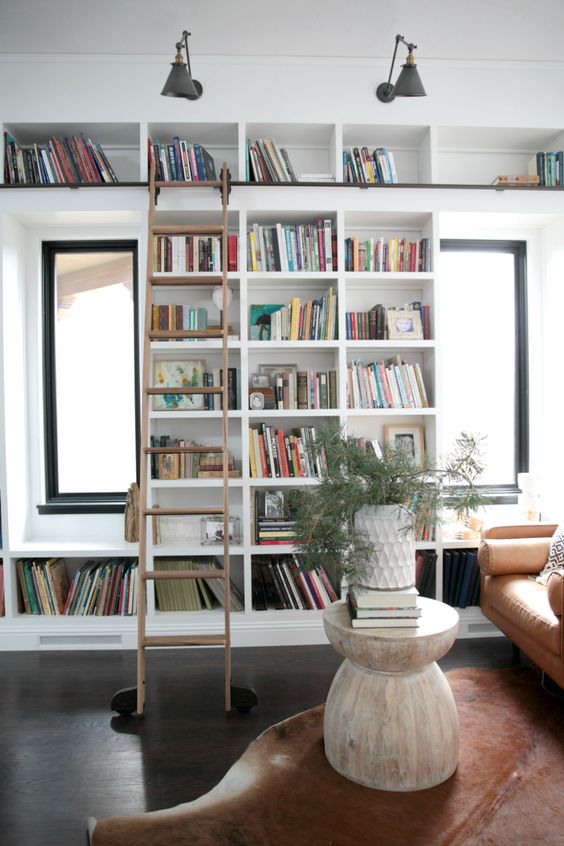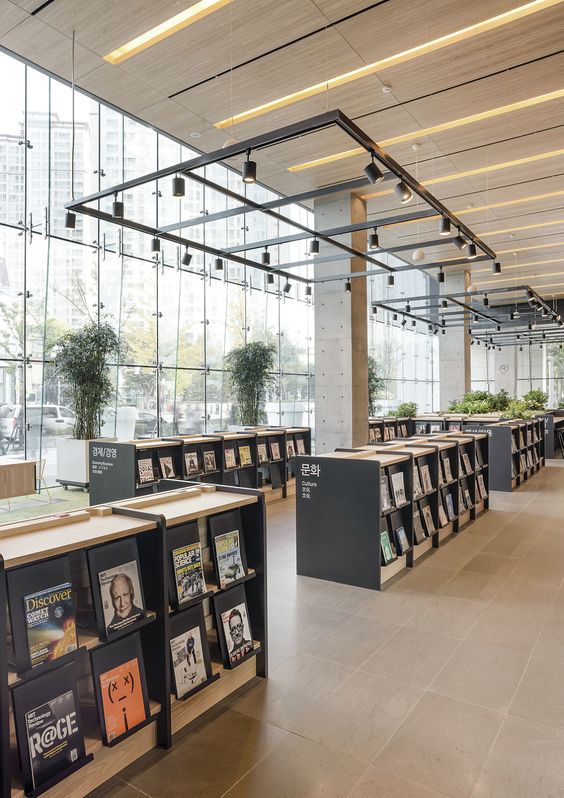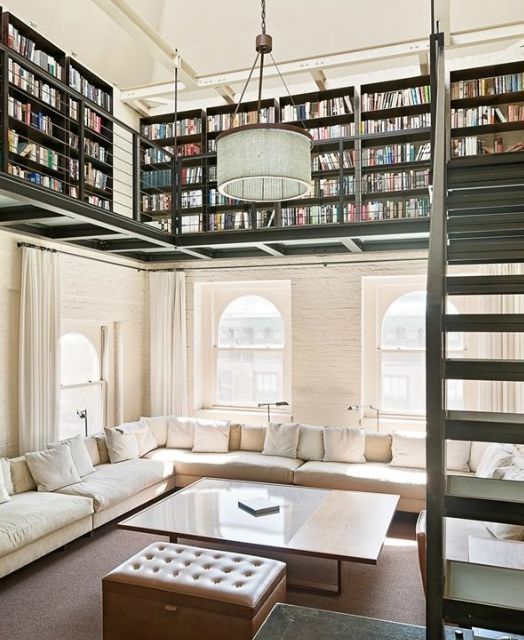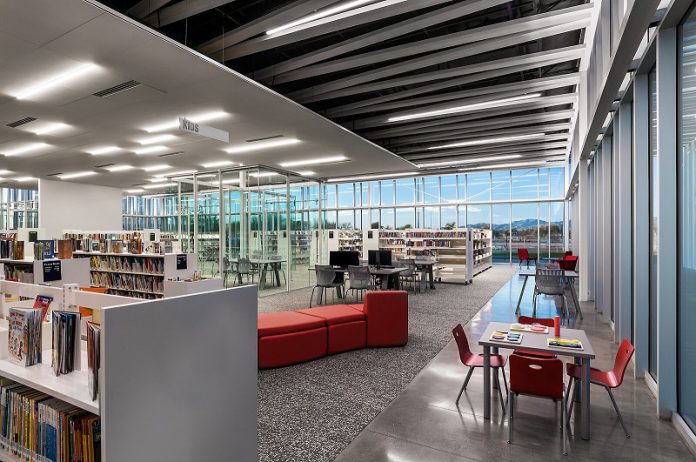4nids.com – Planning and designing a contemporary library is a challenge. It requires great attention to detail, creative skills, experience and knowledge. With this information it should be easy to design a contemporary library that will meet the needs of the community for reading, research and learning. Here Ken Worpole provides his renowned experience to planners, architects, library professionals, students and designers of all levels.
Tips for Creating a Contemporary Library
To understand the needs and challenges of the contemporary library, first we need to understand how the library has developed over time. Since its inception libraries have had an important role to play in society. Early structures such as libraries and fire stations were constructed to provide essential services to communities. Public reading rooms and local government offices were also created to share information and serve the public. As social settings, libraries continue to serve communities today.
In recent years the focus has shifted to providing individual services in an increasingly digital format. Consumers have become obsessed with mobile applications and have moved away from physical bookstores. With few new books published for purchase and more often than not only newspapers but now ebooks are available at the click of a button. Digital information sources such as Wikipedia and encyclopedias have also increased the importance of online research. Libraries therefore must adapt to these changes if they want to remain relevant to their users.

Designing for mobile information sources calls for optimized use of limited floor space, natural light and consideration for where key user activities happen, be it research, socializing, downloading or simply enjoying a good book. To implement successful mobile interactions designers will need a combination of meeting spaces, workstations and media centers. These spaces will need easy access and be positioned in areas where users will be easily engaged with the content.
The Beauty Of Contemporary Libraries
Workstations in contemporary libraries should be designed to encourage interaction. Spaces for staff brainstorming, planning and information gathering are all areas that can be incorporated to promote interaction. When designing for staff productivity, placement of workstations is important, especially where there is limited floor space and high ceiling/ceiling height. For libraries with limited floor space designers should plan office space in such a way that desks can be positioned around the library at different levels.

Furnishings and furniture in libraries need to promote active use of the space. A study area placed in the center of the library allows users to circulate around the room freely. Furniture such as study tables, chairs and bookshelves can be placed along the walls to encourage browsing. Additionally, designers should place media devices, such as DVDs and VCRs where they can be easily accessed. This means that contemporary libraries are well-suited to video conferencing, which is one of the fastest growing uses of the Internet.
Contemporary Library Luxury Design
As a library continues to evolve into an information service, it becomes important to consider where the staff spends most of their time. Current studies are showing that a majority of employees spend more time working in waiting areas rather than in the reading rooms of the library. An office in the reading room, surrounded by comfortable seating, is an inviting environment for employees and visitors alike. By incorporating some of the architectural typologies used in traditional libraries, designers can enhance public spaces in libraries while providing an efficient method of accessing the information users require. This provides for improved user experiences and improves the efficiency of operations.

Contemporary library buildings are not only designed to house academic collections. They are also used to house many of today’s social spaces, for social events such as musical concerts and movie nights. In order to effectively create a successful social environment, the designers of contemporary library buildings should consider the basic requirements of users and create spaces that are suited for their purposes. A focus on user flow is essential when planning the design of a library. With the library model, designers can anticipate what types of services the library will most need and build the structure to accommodate these services.





